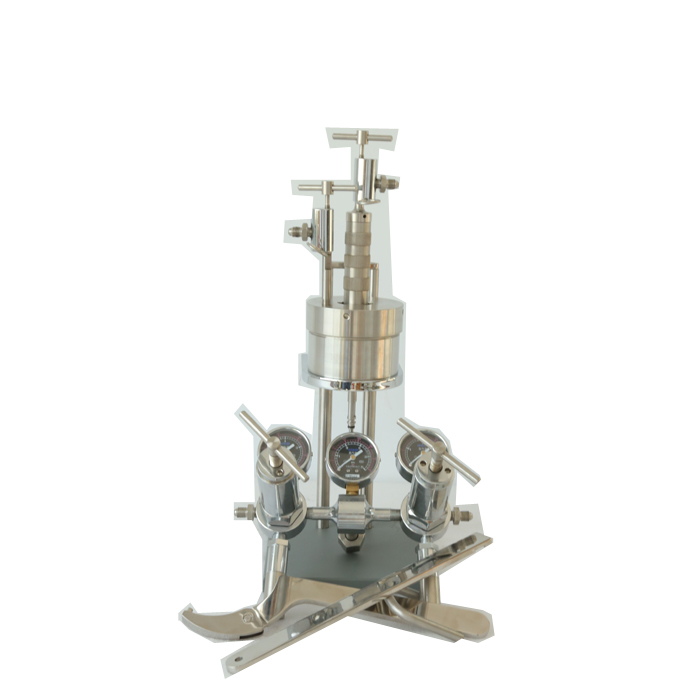News center
Contact us
- Add: 16/5000 翻译 147 Tangdaowan Road, Huangdao District, Qingdao, Shandong Province
- Tel: 0532-82190023 、13697650023
- Fax: 0532-82190023
- Email: qdshande@163.com
Product Numbers:201476173320
Price:0
Product introduction:Measures the Stuck Tendency Coefficient with the Timed Filtrate Test. Working Pressure: 477.5 psig (3,291 kPa).
Differential Sticking Tester / Mud Sticking Tester
Measures the Stuck Tendency Coefficient with the Timed Filtrate Test.
Working Pressure: 477.5 psig (3,291 kPa).
Differential sticking may be identified by the following characteristics:
1. Pipe sticks after remaining motionless for a period of time
2. Pipe cannot be rotated or moved when circulation is maintained
The standard test uses 477.5 psig (3292 kPa) differential pressure applied to a stainless steel vessel of approximately 200 ml capacity. The measurement can be made using either the flat-faced torque plate or the 12-1/2" (31.75 cm) spherical radius plate which approximates pipe in casing or collars in borehole contact geometry. (Both are provided.) In the event of a "sticky" sample that tends to adhere more to the torque plate than to the filter paper, stainless steel micro-corrugation disks are provided, to help ensure success of the test.
Most incidences of stuck pipe are caused by differential-pressure effects. Excessive differential pressures across lower-pressure permeable zones can cause the drillstring to push into the wellbore wall where it becomes stuck. When differential sticking occurs, spotting fluid can sometimes free the drillpipe.
The Differential Sticking Tester was designed to determine how likely a given drilling fluid will be to produce a stuck pipe situation and how effective a given drilling fluid treatment or application of spotting fluid in any given drilling fluid would be in reducing this tendency. This measurement is called the Stuck Tendency Coefficient. It takes into account both the stickiness and the cake building capability of the drilling fluid. The Stuck Tendency Coefficient is determined by the Timed Filtrate Test.
The use of the optional yoke attachment along with the radius'd torque plate allows a measurement called Bulk Sticking Coefficient to be obtained. By measuring the area of caking using a controlled cake thickness during the test, the Bulk Sticking Coefficient is obtained. The Bulk Sticking Coefficient is determined by the Fixed Cake Thickness Test.


